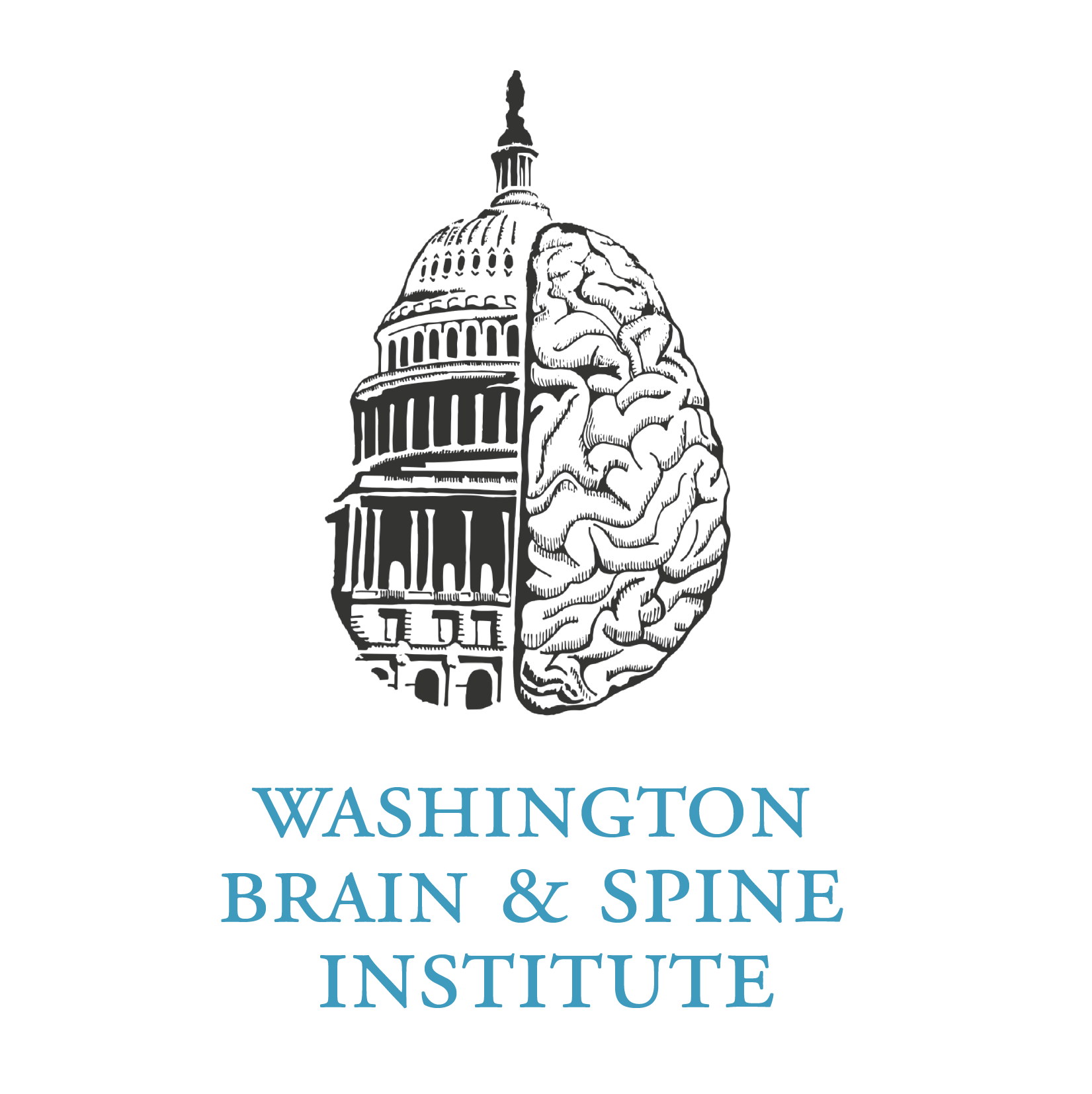Cast A Spell On Me – Epilepsy and Its Treatment
Seizures are episodes of abnormal electrical activity in the brain, and epilepsy is the condition in which people have a tendency to have seizures. The abnormal activity can manifest in a variety of ways. The manifestation or presentation (what we call in medical jargon the “semiology”) is dependent on the location of the seizure in the brain. For example, a seizure in the motor area of the brain may produce rhythmic motions of a part of the body, a seizure in the visual area of the brain may produce appearance of flashing lights or shapes in the vision. Doctors describe seizures not only based on location but how they affect consciousness and behavior.
Seizures can spread through the brain as well. When describing seizures, we talk about partial or generalized seizures. Partial seizures stay in one location of brain, whereas generalized seizures spread across the brain. The part of the brain that is involved in partial seizures will describe what the person experiences. We also describe seizures based on whether the person maintains awareness or consciousness during the event. Seizures that do not impair consciousness are considered “simple” seizures. “Complex” seizures are associated with impairment of awareness or consciousness, ranging from being slightly disoriented to being completely unaware of what is going in one’s surroundings. In a generalized seizure, the entire brain is involved and the person loses consciousness for a period of time.
Some people can sense their seizures are about to happen or they have a warning sensation that is called an “aura.” These auras can happen alone or may precede a full seizure. They are often not debilitating. Not everyone with seizures has these auras.
Epilepsy is often completely controlled with medications and the neurologist dispenses these medications. However, some people require multiple medications to control or suppress the seizures. Even fewer people will fail multiple medications and might require a surgical procedure to treat the seizures. Like medication, surgery can eliminate the seizures in many cases. In some cases, the goal of surgery is to decrease the number and intensity of the seizures to improve the quality of life.
MRI demonstrating a laser fiber introduced into the hippocampus for ablation and treatment of temporal lobe epilepsy.
There are two methods of surgical intervention for seizures.
1. Ablative surgery, where the seizure focus is removed or destroyed.
2. Neuromodulation, where electrical circuits interface with the nervous system to decrease the abnormal electrical activity of the brain.
Surgery for epilepsy requires a team approach. The team includes neurology, neurosurgery, neuropsychology, neuroradiologists and often neurophysiologists. The team acquires all the data from their specific field and applies this to each case. Collaboration is important in deciding which method of intervention is best for each patient. Often an inpatient, extended stay in an epilepsy monitoring unit (EMU) is needed to make decisions about surgical candidacy.
At the Holy Cross Neuroscience Center we take a team approach utilizing advanced technology and an experienced, multidisciplinary team to help guide each patient through this process. We evaluate each patient carefully and try to maximize outcomes. We have all the tools at our disposal to diagnose and treat many forms of epilepsy.
Gregory Mathews MD PhD – Director of Epilepsy and Epilepsy Monitoring Unit
Zachary Levine MD – Director of Neuroscience and Neurosurgery

